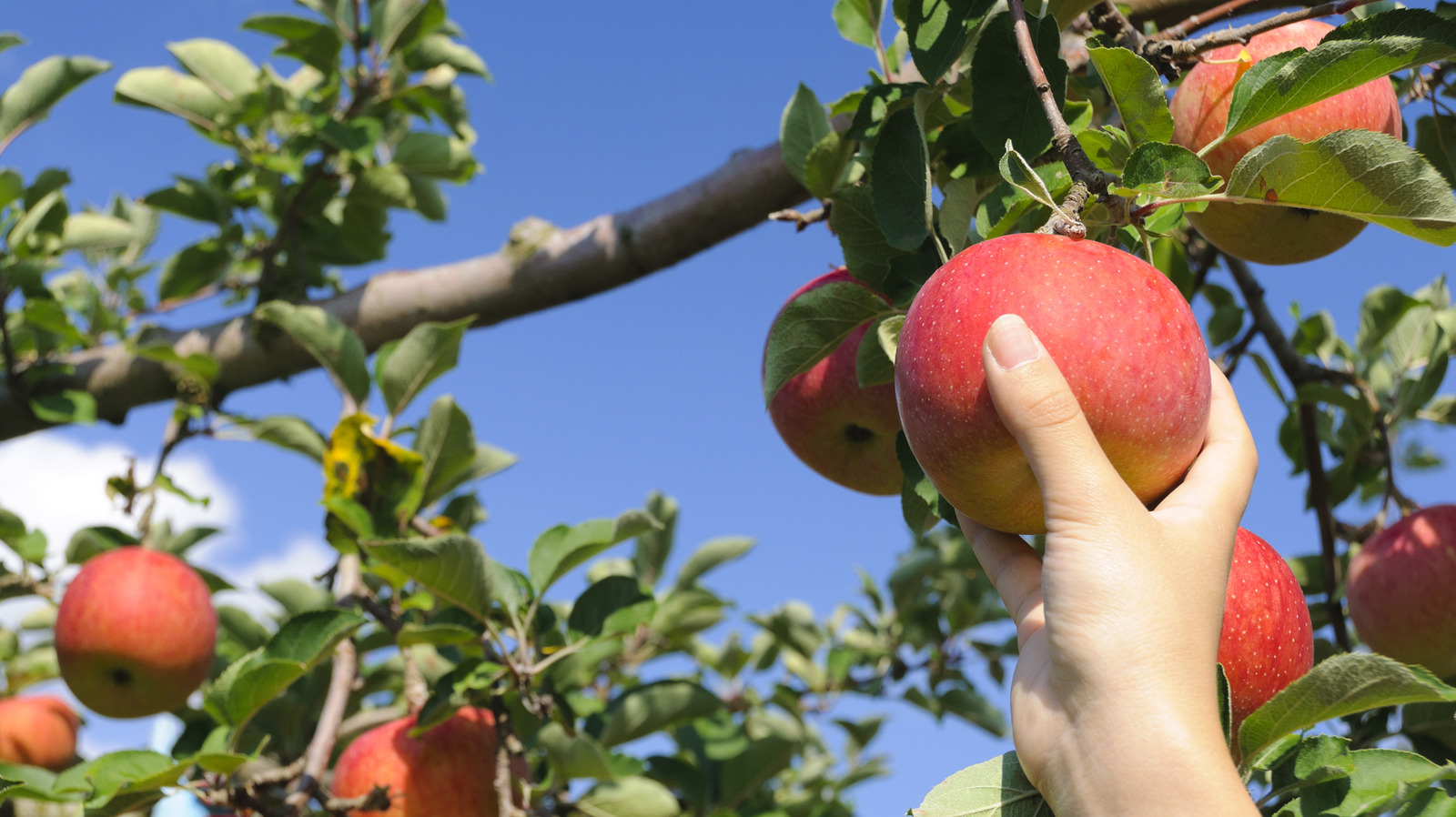
"when an apple is ripe, it wants to fall, no yanking or shaking needed. Each fruit forms an abscission layer (a natural weak point at the stem) and a gentle twist will free fruit from branch without harming the tree. Shaking breaks twigs and buds that would become next year's blossoms, and falling can bruise the fruit, ruining the very purpose of apple picking."
"Every spur on a branch is the potential fruit of seasons ahead, and growers spend the year collaborating with their trees, pruning, pollinating, and protecting them from frost and blight. Treating the tree as a vending machine instead of a living partner disrespects that labor. You can buy as many apples as you want at the supermarket; the point of an apple picking excursion is the experience, not how quickly you pick or how heavy your basket weighs at the end of the day."
"Treating the trees roughly, by shaking, yanking, or climbing, comes from the impatient results-driven value system of our modern world, where if you want something, you had better grab it fast. But fruit trees don't work that way. They are living organisms, and they break under harsh handling. The best practice to just be present, gentle and intentional. Cradle the fruit, lift upward, and lightly twist or rock until the stem gives."
Apple orchards attract families each fall for a seasonal picking experience and casual enjoyment. When apples are ripe they detach easily through an abscission layer at the stem and require a gentle twist or lift to release. Shaking, yanking, or climbing damages twigs, buds, and future blossoms and can bruise fruit. Orchards are cultivated through patient practices such as pruning, pollination, frost protection, and blight management. Every spur on a branch represents potential fruit for future seasons. Treating trees roughly disregards growers' labor and harms tree health. The aim of apple picking is a deliberate, gentle experience rather than speed or maximum yield.
Read at Tasting Table
Unable to calculate read time
Collection
[
|
...
]